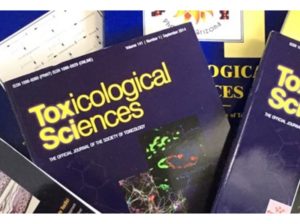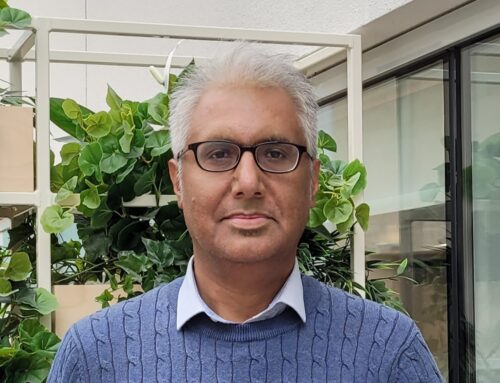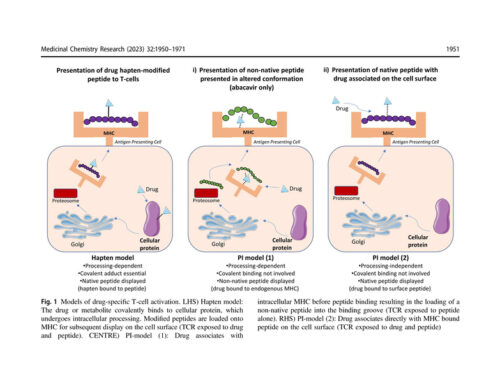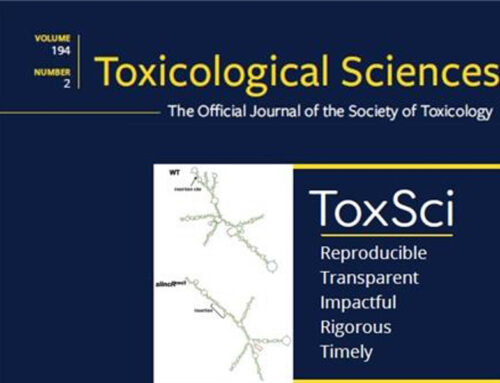Toxicological Sciences: From the Editor’s Desk, Editor’s Highlights

One of the recent Editor’s Highlights in Toxicological Sciences was a paper by Peters et al., on GI Barrier and Drug-induced Diarrhea, reviewed by Professor Ruth Roberts, an Associate Editor of Toxicological Sciences.
As Ruth highlighted, attrition in drug discovery and development due to toxicity remains a major challenge. A plethora of preclinical in vitro models have been developed to address the issue but many lack predictivity, especially for complex tissues such as the gastrointestinal (GI) tract and the central nervous system. Peters and coworkers (pp. 3) describe a 3D model of GI assembled from human GI microtissues grown in microwells to allow apical and/or basolateral drug treatment. Using transepithelial electrical resistance (TEER) as an endpoint, the model was able to accurately predict not only those drugs that induced clinical diarrhea but also drugs where clinical development was limited by diarrhea that was unexpected based on 1-month animal studies. This work is significant for several reasons; first, the format is compatible with the short timings and limited volumes required during the design-make-test phase of drug discovery and as such offers a platform for lead optimization. Second, the model allows for exploration of the impact of dosing schedules on TEER giving useful information on how to achieve efficacy while minimizing toxicity. Finally, the model combines methodologies to create a microtissue based on diverse epithelial cell types emanating from stem cells. It will be interesting to see if a similar approach can be used to model other complex tissue types for drug safety screening.
The full paper can be found in Toxicological Sciences, Volume 168, Issue 1, March 2019:





